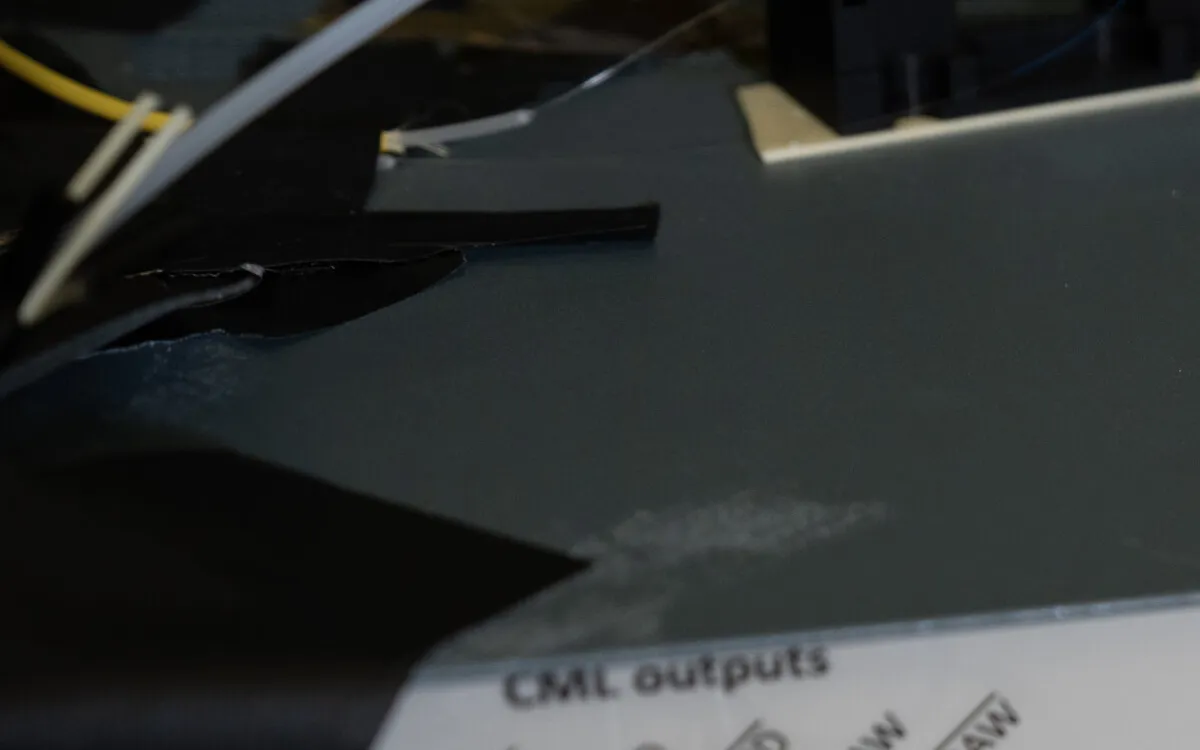
Randomness plays a crucial role in our daily decision-making processes. From drawing straws and throwing dice to flipping coins, people often rely on random selections to ensure fairness. In the auditing world, random numbers enable auditors to make unbiased choices, eliminating any favoritism in the selection process. Moreover, in the realm of cybersecurity, randomness is vital; an unguessable string of numbers as a password makes it significantly harder for malicious actors to breach security systems.
While many of today's cryptographic systems depend on random number generators to produce secure keys, the challenge lies in determining whether a number is genuinely random. Classical computer algorithms typically generate pseudorandom numbers, which can be manipulated or predicted by someone familiar with the algorithm. Even something as simple as a coin flip can be biased; with enough scrutiny, one could potentially predict the outcome. As physicist Krister Shalm from the National Institute of Standards and Technology (NIST) explains, true randomness is unpredictable and cannot be anticipated.
Historically, thinkers like Einstein believed that nature operates on determinism, famously stating, "God does not play dice with the universe." However, scientific advancements have proven that quantum mechanics is intrinsically random. Conducting a quantum experiment known as a Bell test, Shalm and his team have successfully harnessed this source of true quantum randomness, transforming it into a reliable and certifiable random-number service.
To bring this groundbreaking experiment into practical use, NIST researchers collaborated with the University of Colorado Boulder to create the Colorado University Randomness Beacon (CURBy). This innovative system automatically generates random numbers and broadcasts them daily via a website, making them accessible to the public. The research underpinning CURBy has been published in the journal Nature.
At the core of CURBy is the NIST-run Bell test, which produces genuinely random results. This test measures pairs of entangled photons, which exhibit correlated properties even when separated by great distances. While individual measurements yield random outcomes, the correlations between the pairs can be verified, demonstrating their randomness. Einstein famously referred to this phenomenon as "spooky action at a distance."
CURBy stands out as the first random number generator service to utilize quantum nonlocality as its source of randomness. This makes it one of the most transparent random number services available today, as the results can be certified and traced more effectively than with conventional methods. According to Shalm, this achievement marks a significant milestone, as the quality and origin of these random bits can be certified in ways that traditional systems cannot.
NIST executed one of the first comprehensive experimental Bell tests in 2015, confirming that quantum mechanics indeed produces true randomness. By 2018, the institute developed methods to use Bell tests for generating the world's first sources of true randomness. However, the task of converting quantum correlations into usable random numbers is complex. Initial demonstrations required extensive setups and yielded limited results. Over the past few years, Shalm and his team have refined the experiment to operate automatically, generating random numbers on demand. In its initial 40 days of operation, CURBy achieved an impressive success rate of 99.7%, producing random numbers 7,434 times out of 7,454 attempts.
The generation of random numbers begins with the creation of entangled photon pairs in a specialized nonlinear crystal. These photons travel through optical fibers to separate labs, where their polarizations are measured. The outcomes of these measurements are genuinely random, occurring 250,000 times per second. NIST then transmits millions of these quantum coin flips to a computer program at the University of Colorado Boulder. Through rigorous processing steps and protocols, the quantum measurements are transformed into 512 bits of binary code (0s and 1s).
NIST and its partners have incorporated a system for tracing and verifying every step in the random number generation process. They developed the Twine protocol, a set of quantum-compatible blockchain technologies that allows various entities to collaborate in generating and certifying randomness from the Bell test. Each set of data is marked with a unique hash, akin to a digital fingerprint, enabling users to verify the data behind each random number.
CURBy can be utilized in numerous applications requiring a reliable public source of random numbers. Examples include selecting jury candidates, conducting audits, or assigning resources in public lotteries. Graduate student Gautam Kavuri expressed enthusiasm about creating something practical and beneficial, stating, “It’s this cool thing that is the cutting edge of fundamental science.”
By transforming complex quantum physics into a valuable public service, CURBy represents a significant advancement in the realm of random number generation. With its open-source nature, anyone can inspect the work and even build upon the beacon to create their own systems. This pioneering initiative not only enhances the transparency of randomness but also showcases the remarkable intersection of science and practical application.